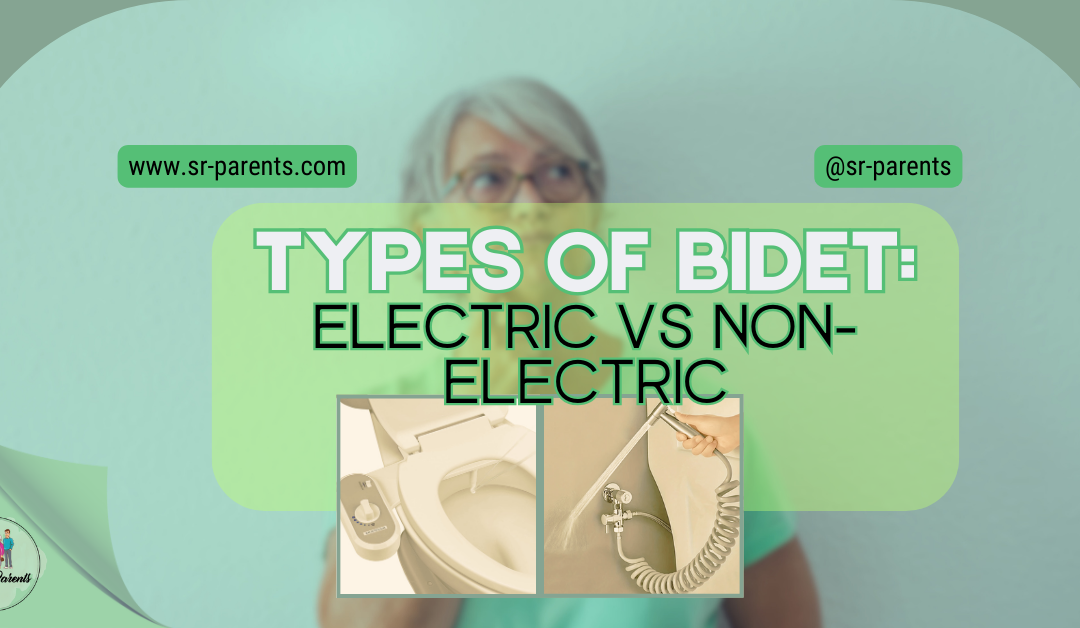When enhancing your bathroom experience, the types of bidet you choose can make a difference. Whether you’re considering an electric model with all the bells and whistles or a more straightforward non-electric option, understanding the differences is essential to finding the right fit for your needs. With bidets gaining popularity worldwide for their hygiene and eco-friendliness, knowing what each type offers can help you make an informed decision.
Electric bidets bring comfort with features like warm water and adjustable settings, while non-electric versions focus on simplicity and cost-effectiveness. As more people look for ways to improve their bathroom routine, deciding between these two types of bidet can feel overwhelming. In this article, we’ll break down the key differences between electric and non-electric bidets to help you choose the one that best suits your lifestyle and home.
Contents
Choosing the Right Option for Your Bathroom
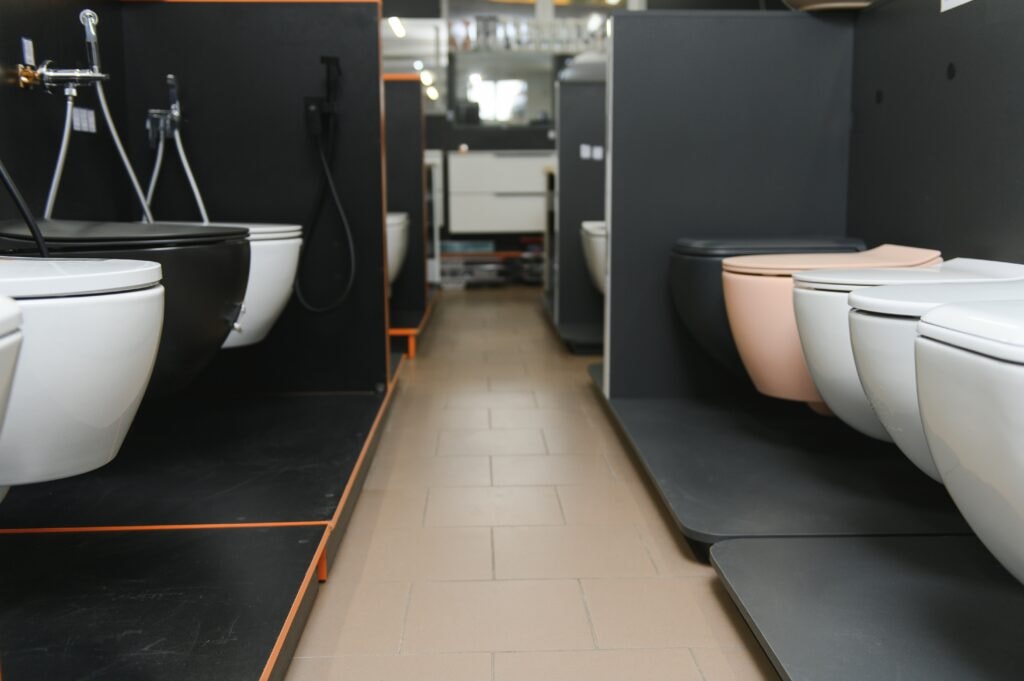
In the diverse world of bathroom fixtures, the bidet stands out for its hygiene benefits and eco-friendliness. As bidets gain popularity in countries not traditionally accustomed to their use, consumers face a choice between two primary types: electric and non-electric.
Electric bidets offer a spectrum of features including warm water, adjustable pressure settings, and sometimes even air dryers. Meanwhile, non-electric bidets are typically more straightforward to install, as they run off the home’s water pressure and do not need any electrical power.
Given the variety of types of bidet options, selecting the right one can be daunting. Electric bidets often come with a higher initial cost but provide added comfort features that some users may find indispensable. Meanwhile, non-electric bidets appeal with their simplicity, usually resulting in cheaper, easier-to-maintain, and lower-cost alternatives.
Installation requirements also play a critical role in the decision-making process, as some homes may not have readily accessible electrical outlets near the toilet, thus favoring the installation of non-electric models. The debate between the two types extends to considerations such as environmental impact, ongoing maintenance requirements, and durability.
Key Takeaways
Electric bidets offer advanced features like heated seats, adjustable water temperature, and air dryers, while non-electric bidets focus on basic functionalities like water pressure control.
Electric bidets need an electrical outlet and more plumbing adjustments, whereas non-electric bidets are simpler to install without electrical requirements.
Electric bidets are more expensive upfront due to their added features, while non-electric bidets are more budget-friendly and easier to maintain.
Non-electric bidets do not consume electricity, offering a more eco-friendly solution, while electric bidets use power for additional comfort and convenience.
Non-electric bidets have fewer parts and are easier to maintain, while electric bidets may require more care due to their complex components.
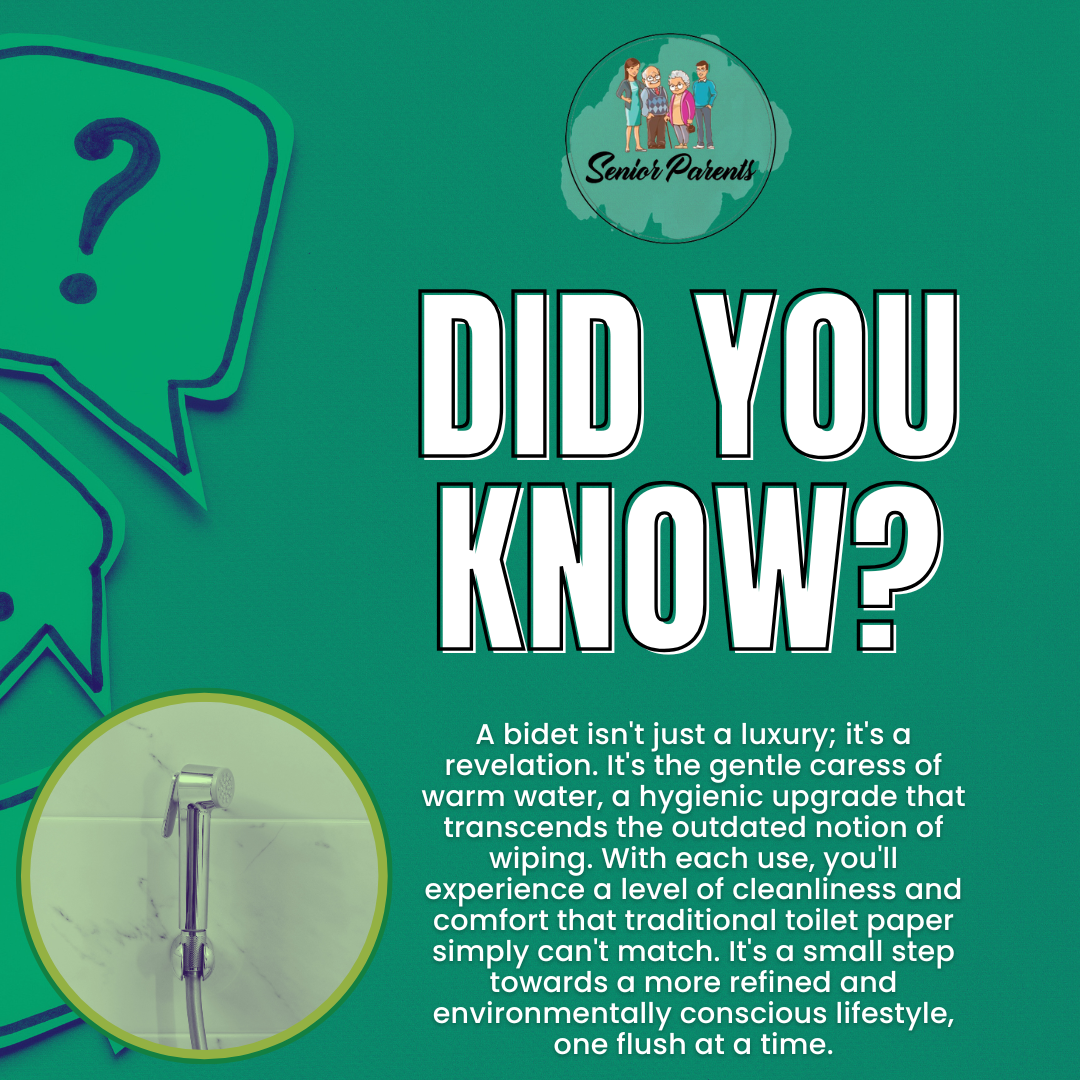
Overview of Bidet Types
Choosing the right bidet involves understanding the distinct features and functionalities of the bidet types, including electric and non-electric models.
Electric Bidets
Electric bidets are sophisticated devices that require a power source to operate. They come with various advanced features like adjustable water temperature, pressure controls, air dryers, heated seats, and even deodorizer functions.
Some models are equipped with remote controls for added convenience. Electric bidets can be more than double the price of their non-electric counterparts, reflecting the additional comfort and technological advancements they offer.
Non-Electric Bidets
Non-electric bidets operate without electricity, often using the home’s water pressure. They are more straightforward in design and typically cost less than electric models. Installation can be more straightforward since there’s no need for an electrical outlet.
Non-electric bidets may offer basic functions such as adjustable water spray but lack the more advanced features found in electric bidets. They can come as standalone fixtures or attachable seats, providing flexibility and higher water pressure preferences for many users.
Electric Bidets
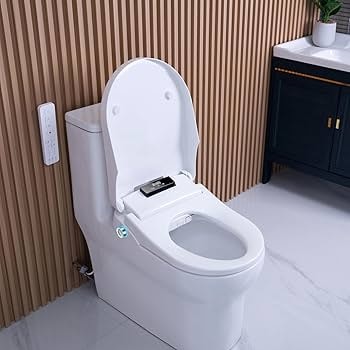
Electric bidets, one of the types of bidet, offer a range of features that enhance the user’s experience. These bidets require a connection to an electrical outlet and provide additional functionalities over their non-electric counterparts.
Features of Electric Bidets
Electric bidets come equipped with various innovative features. Consider the convenience of adjustable water temperature, which ensures comfort during use. Many models include a built-in air dryer, reducing the need for toilet paper.
Users also benefit from heated seats, a welcome addition during colder months. Additional features might include nozzle oscillation, remote controls, and user presets for personalized settings.
Advantages of Electric Bidets
The advantages of electric bidets are numerous. One primary benefit is the hygienic advantage, as they offer a more thorough clean compared to non-electric models.
The ability to customize the experience with temperature control and adjustable water pressure leads to increased user satisfaction. Additionally, electric bidets often provide eco-friendly benefits like reduced toilet paper waste.
Considerations for Electric Bidets
When considering an electric bidet, prospective buyers should take into account several factors. The requirement for an electrical outlet near the toilet is a crucial consideration, which may not be feasible in all bathroom layouts.
Additionally, electric bidets typically come with a higher price tag compared to non-electric versions. The potential for higher maintenance costs should also be factored into the overall decision.
Non-Electric Bidets
Non-electric bidets are one of the popular types of bidet that offer an eco-friendly and cost-effective solution for personal hygiene. They are simple to install and require no electrical power.
Features of Non-Electric Bidets
Water Pressure Control: It typically comes with basic controls to adjust the pressure of the water stream.
Temperature Adjustment: Some models allow connection to both cold and hot water supplies for temperature control; however, most non-electric bidets do not heat water.
Nozzle Positioning: Users can manually position the nozzle on some non-electric bidet models for targeted cleaning.
Advantages of Non-Electric Bidets
Energy Efficiency: They do not consume electricity, which can lead to lower utility bills and a reduced environmental footprint.
Ease of Installation: These bidets are often accessible to install, as they typically attach to the existing toilet without the need for an electrical outlet.
Cost-Effective: Generally more affordable than their electric counterparts, making them accessible to a broader range of budgets.
Maintenance: Non-electric bidets usually have fewer mechanical parts, which may lead to lower maintenance requirements and increased durability.
Considerations for Non-Electric Bidets
Limited Features: They lack the advanced features found in electric bidets, such as air dryers, deodorizers, and heated seats.
Manual Adjustments: Adjustments for water pressure and temperature (if available) need to be done manually, without the convenience of a remote control or automatic settings.
Compatibility: Potential buyers should ensure that the non-electric bidet is compatible with their existing toilet and bathroom setup, especially regarding access to a hot water supply if temperature control is desired.
Did You Know?
A bidet attachment generally does not come with a dryer feature without using electricity. Dryer features are powered and are commonly found in electric bidet models, as they require electrical components to generate warm air.
Learn how to use a non-electric bidet with these steps and tips.
By: Samodra
Installation Requirements
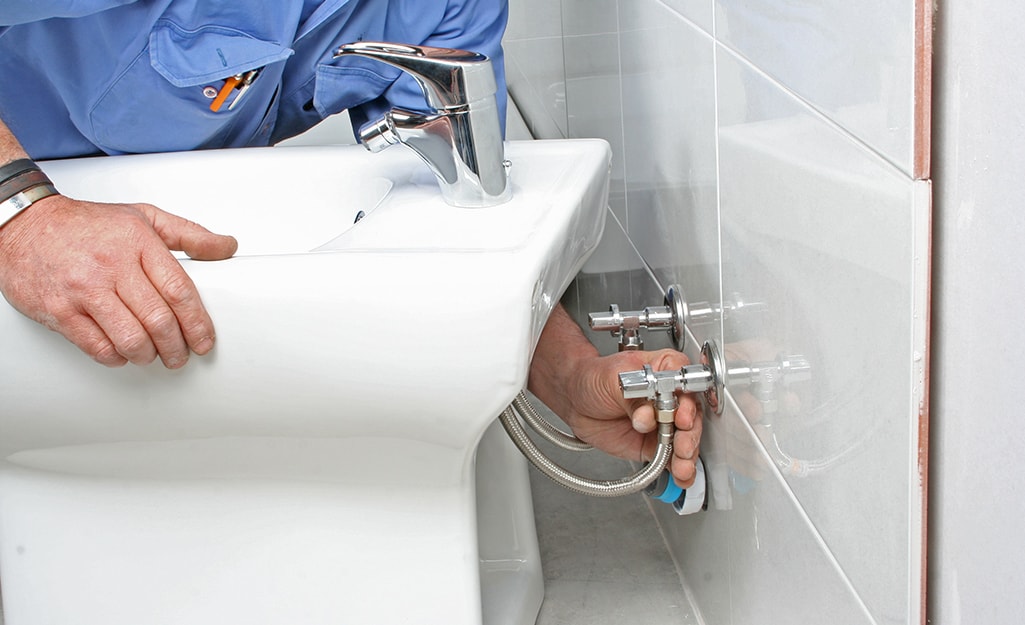
The installation requirements for types of bidet vary significantly between electric and non-electric models. Electric bidets necessitate a nearby electrical outlet and often more complex plumbing, while non-electric bidets rely on existing water pressure and are simpler to install.
Installation of Electric Bidets
Electric bidets require access to an electrical outlet within reach of the bidet seat or system. An electrical outlet compatible with bidets should be a 15 amp, 3-prong grounded GFCI-protected outlet to mitigate any potential safety risks.
It is crucial that the outlet can handle the appliance’s load for safe operation. Additionally, plumbing requirements typically include a 1.25″ P-trap and a ⅜” shutoff valve to manage water supply. A backflow valve is also necessary to prevent contaminated water from flowing back into clean water lines.
Installation for Non-Electric Bidets
The key installation requirement for non-electric bidets is access to a water supply line. They connect directly to the existing water valve of the toilet and do not require an electrical source.
However, plumbing requirements such as a 1.25″ P-trap and a 3/8″ shutoff valve for controlling water flow are standard. A backflow preventer is important for these types too, ensuring water does not re-enter the supply lines.
Cost Comparison
When selecting a bidet, consumers must weigh both the initial purchase price and the ongoing expenses associated with their choice between types of bidet, whether electric or non-electric models.
Initial Costs
Electric bidets typically involve higher upfront costs due to their advanced features like temperature control, air dryers, and customizable water pressure.
Prices for these bidets can range significantly, with some models exceeding $200 more than their non-electric counterparts.
On the other hand, non-electric bidets are generally more affordable and more accessible to install, leading to lower initial investment.
Electric Bidet: $200 – $1000+
Non-Electric Bidet: $50 – $500
Long-Term Costs
In terms of long-term costs, electric bidets can increase electricity bills slightly and may require more maintenance due to their complex features. Non-electric bidets, without the need for electricity, offer cost savings over time but might lack the comfort and convenience features of electric models.
Electric Bidet: Higher electricity usage, potential maintenance
Non-Electric Bidet: Minimal maintenance, no electricity costs
Environmental Impact
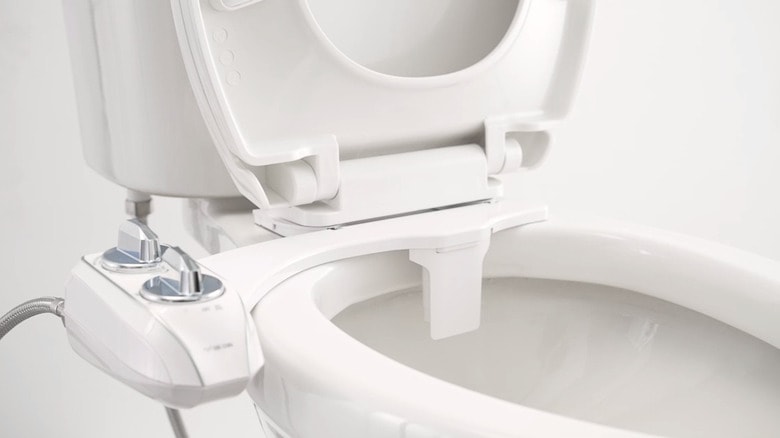
In assessing the environmental impact of types of bidet, one must consider both energy consumption and water usage, as they play pivotal roles in their ecological footprint.
Energy Consumption
Electric bidets typically require energy for various functionalities including heated seats, warm water washing, and air drying. This energy usage can vary based on the model and how frequently the bidet is used. For instance, a bidet can cost the user an average of $16.94 in electricity over a year.
The source of electricity is also imperative; if it’s from fossil fuels, the impact on the environment is notably more significant. On the other hand, non-electric bidets do not require electricity and have a lesser energy footprint.
Water Usage
Bidets are typically associated with a reduction in toilet paper usage, which in turn can decrease the water footprint when considering the water required for paper production. Non-electric bidets are directly connected to the home’s water supply and do not utilize additional resources for heating water.
Electric bidets, while they may offer the convenience of temperature control, could potentially use more water due to the need for heating, albeit the difference in usage is dependent on the specific model and its efficiency.
Comfort and Convenience Features
When considering the types of bidet, the features that enhance comfort and convenience are often decisive factors. These include options for temperature control and adjustable water pressure, which provide a personalized experience.
Temperature Control
Electric bidets frequently offer the luxury of heated water. Users can enjoy warm water during cleansing, a desired feature in colder climates or for those who value added comfort. Certain models even have the capability to adjust the water temperature to individual preferences.
Adjustable Water Pressure
In terms of water pressure, most bidets allow for personalization. Non-electric bidets typically utilize the home’s water pressure, which can be regulated through a simple valve. On the other hand, electric bidets may possess integrated pumps to offer a wider range of pressure settings, catering to users who desire a gentle rinse or a more vigorous wash.
Maintenance and Durability
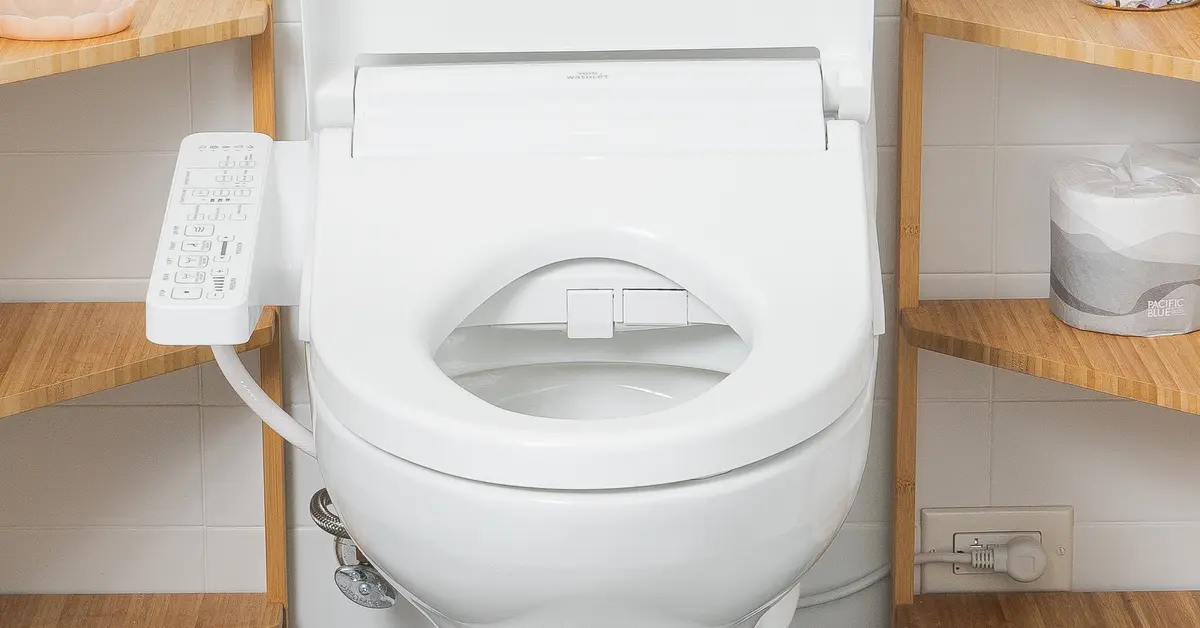
When considering the maintenance and durability of bidets, one must consider two primary aspects: the regular cleaning required and the longevity of replacement parts. Each types of bidet comes with its own set of considerations for keeping it in top working condition.
Cleaning and Care
Electric bidets often feature more sophisticated systems, including additional cleaning functions like self-cleaning nozzles. However, they also contain electronic components that can be sensitive to cleaning agents and water damage.
Users should carefully follow manufacturer instructions to avoid compromising electronic parts during cleaning. In contrast, non-electric bidets typically have fewer delicate components, making them somewhat easier to clean and less prone to malfunction due to moisture or the misuse of cleaning products.
Replacement Parts
In terms of replacement parts, non-electric bidets boast a simpler design with basic mechanical parts, making replacements and repairs generally more straightforward and cost-effective. Users may find that sourcing parts for a non-electric bidet can be done with ease, often without the need for brand-specific components.
On the other hand, electric bidet models might require proprietary replacement parts due to their complex electronic systems, which could impact both availability and price. However, some manufacturers provide comprehensive warranties that may cover the replacement of these specialized parts.
Exploring the Different Types of Bidet
When choosing between the different types of bidet, it’s important to consider your preferences, budget, and bathroom setup. Both electric and non-electric models offer distinct benefits, making it essential to understand the features that matter most to you. Electric bidets provide advanced functionalities like adjustable water temperature, heated seats, and air dryers, offering a more luxurious experience. On the other hand, non-electric bidets are simpler and more affordable, focusing on essential features like water pressure control and easy installation.
Ultimately, the choice between the types of bidet depends on what you value most. An electric bidet might be the best option if you’re looking for comfort and advanced features. A non-electric bidet could be the right choice if you prefer a more straightforward, eco-friendly, and cost-effective solution. Investing in a bidet can improve your bathroom routine, contributing to greater hygiene, comfort, and sustainability.
Frequently Asked Questions
When exploring the options of bidets for home use, one often has questions about their functionality and practicality. This section aims to address some of the most common inquiries regarding electric and non-electric bidet seats.
How Does a Non-electric Bidet Provide Warm Water?
A non-electric bidet often requires no electrical hookup. It can provide warm water by connecting to the home’s existing hot water supply. Alternatively, some models have a built-in reservoir that is manually filled with warm water before use.
What Are the Main Differences Between Electric and Non-electric Bidet Seats?
The main differences between electric and non-electric bidet seats include features such as warm water, air drying, and heated seating, which are commonly found in electric bidets. Non-electric bidets typically offer basic washing features without needing power outlets or electricity.
What Are the Pros and Cons of Installing a Bidet That Requires No Electrical Hookup?
Installing a non-electric bidet has pros such as lower cost, easier installation, and not increasing electricity bills. However, it may have cons like fewer luxury features and reliance on ambient water temperature unless connected to a hot water source.
Stay Connected With Us
Ready to embark on a journey filled with care and knowledge? Join us on social media for uplifting stories, expert advice, and valuable tips on supporting seniors!
? Website: Visit sr-parents.com for in-depth articles and resources on senior care, health, and wellness.
? Pinterest: Discover a wealth of caregiving tips, home solutions, and senior-friendly activities at pinterest.com/seniorparents.
? Facebook: Join our supportive community at facebook.com/sr.parents. Connect with other caregivers, share your experiences, and find motivation.
? Twitter: Follow us on twitter.com/senior_parents for the latest updates, news, and conversations about senior care.
? Instagram: Explore instagram.com/seniorparents for inspiring moments, caregiving tips, and a peek into the lives of seniors and their families.
Stay informed, inspired, and connected with our latest articles and heartwarming stories on senior care.

